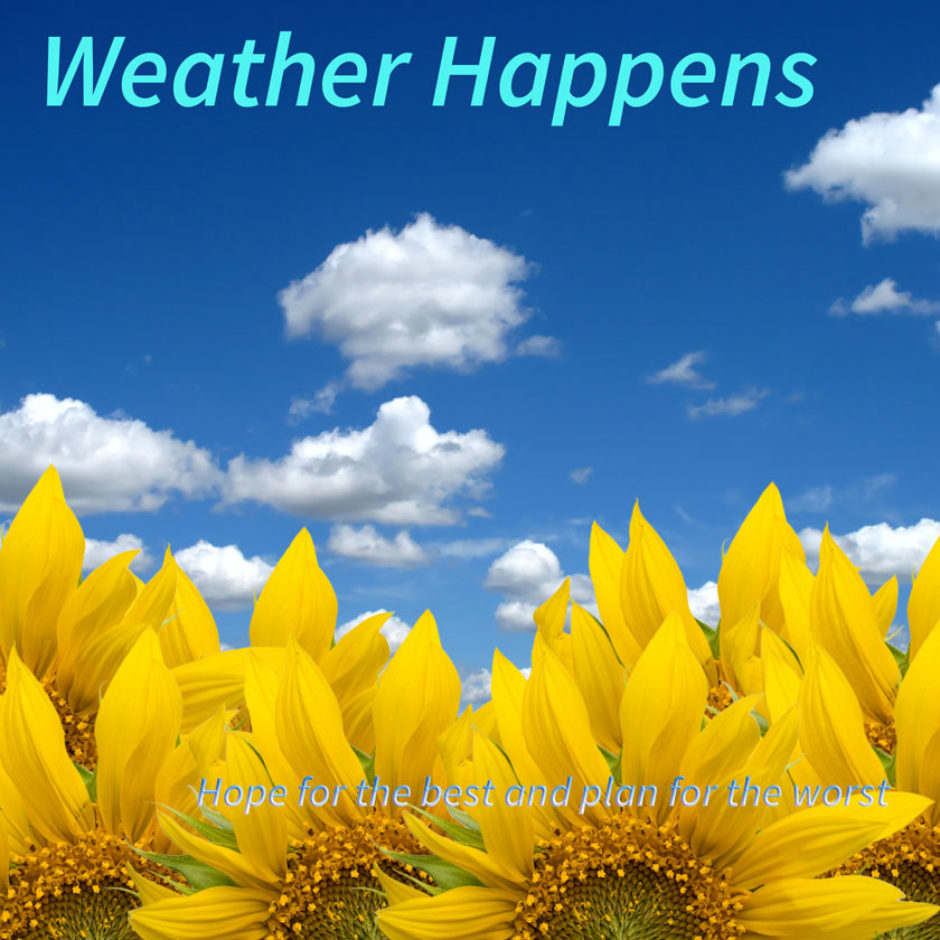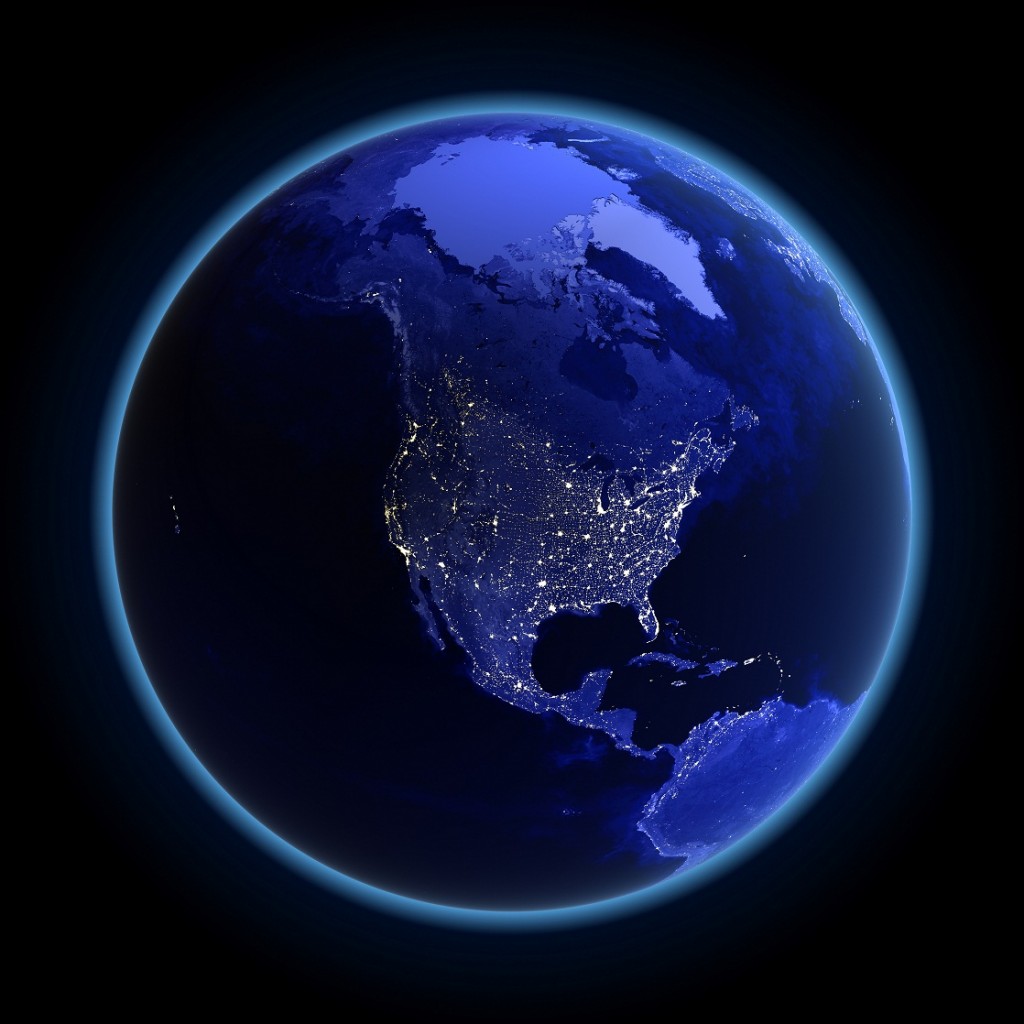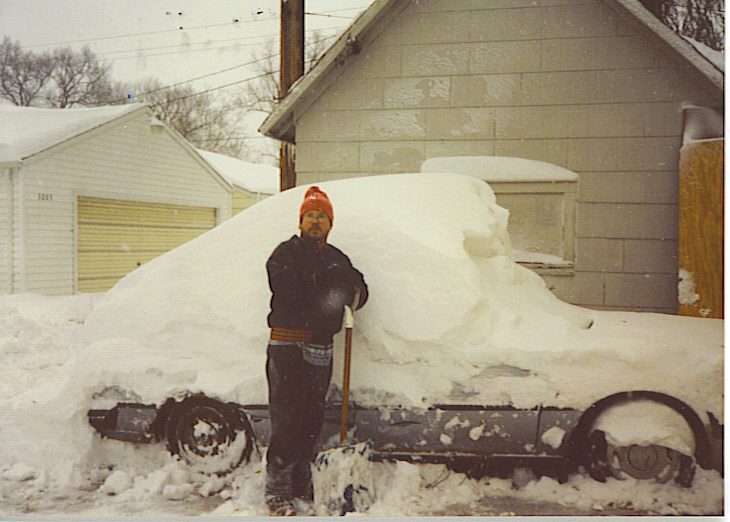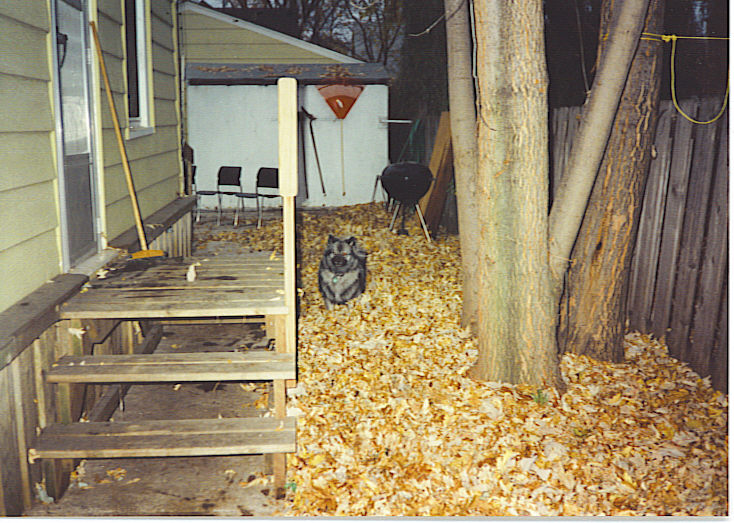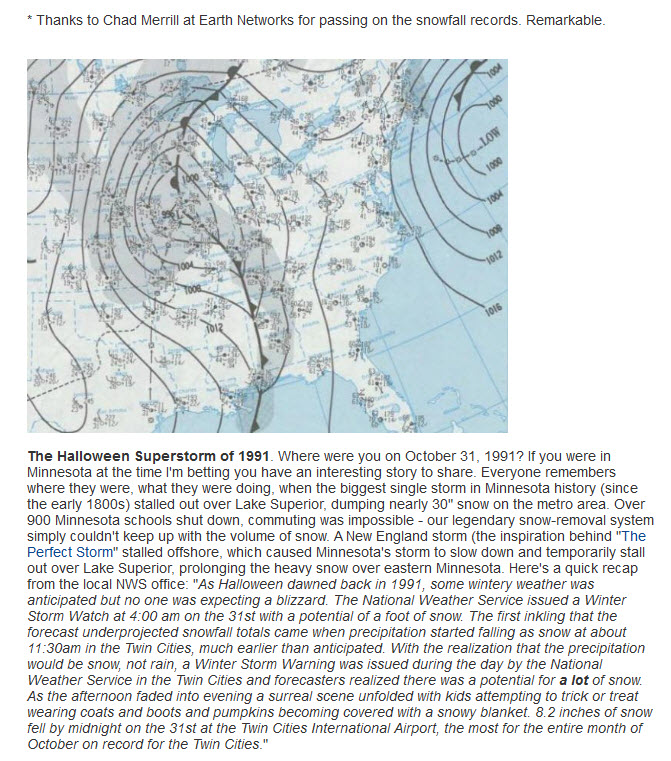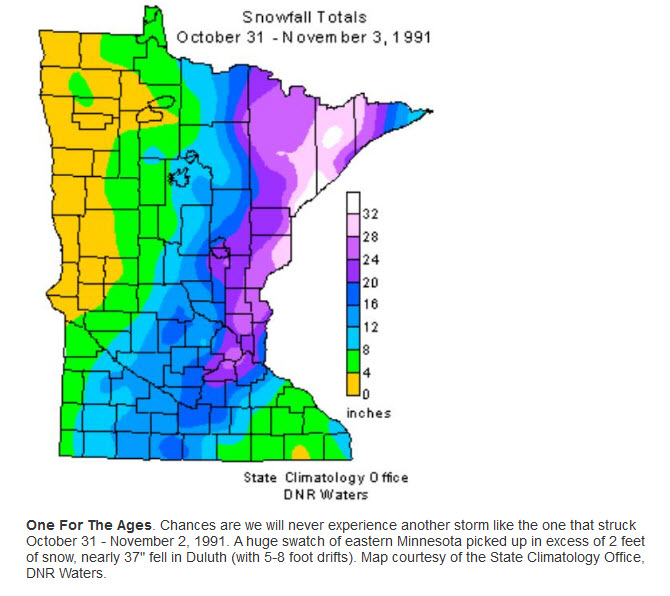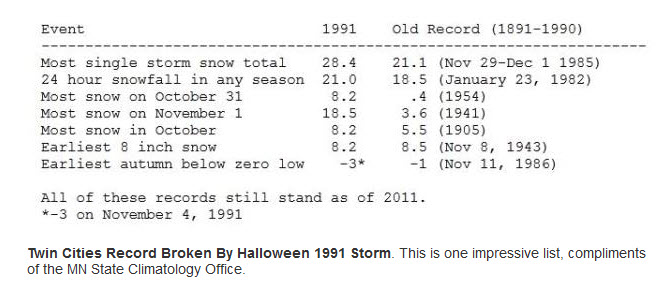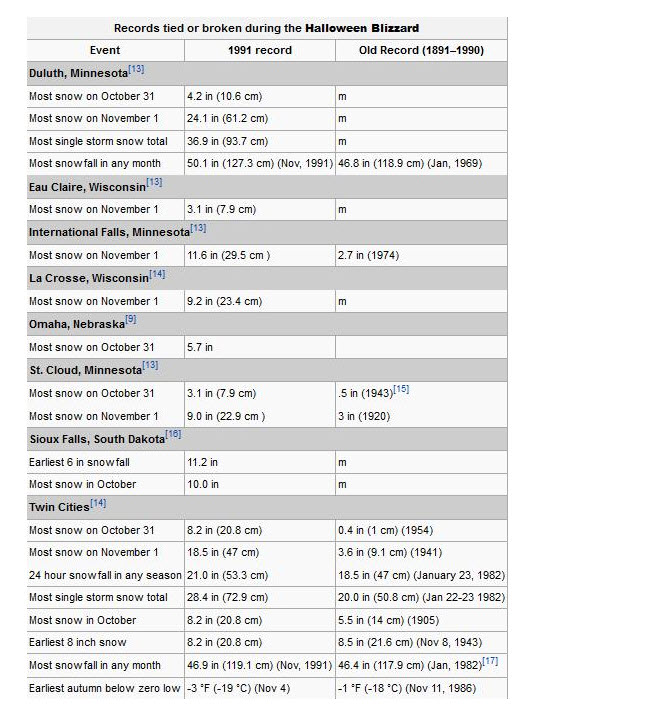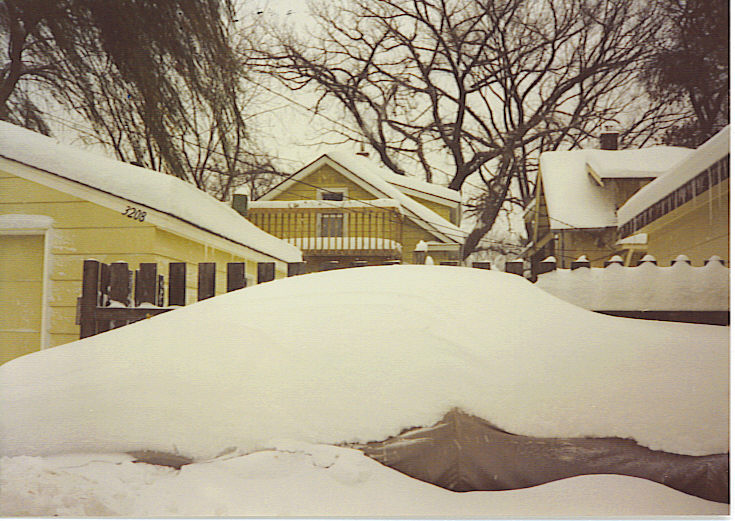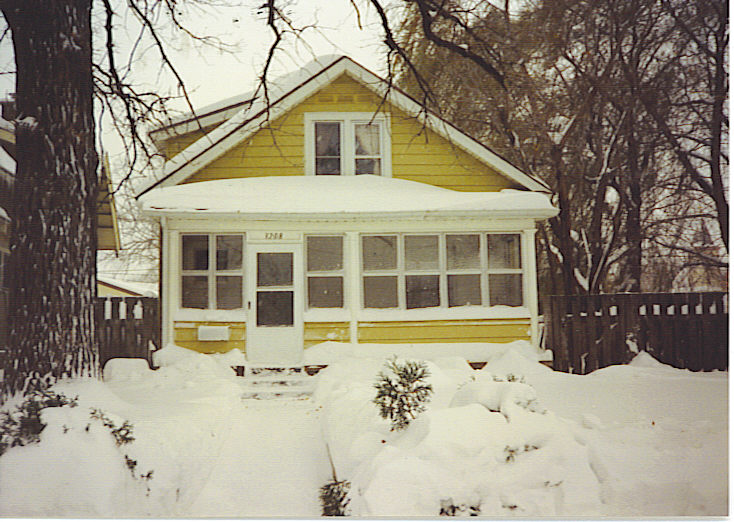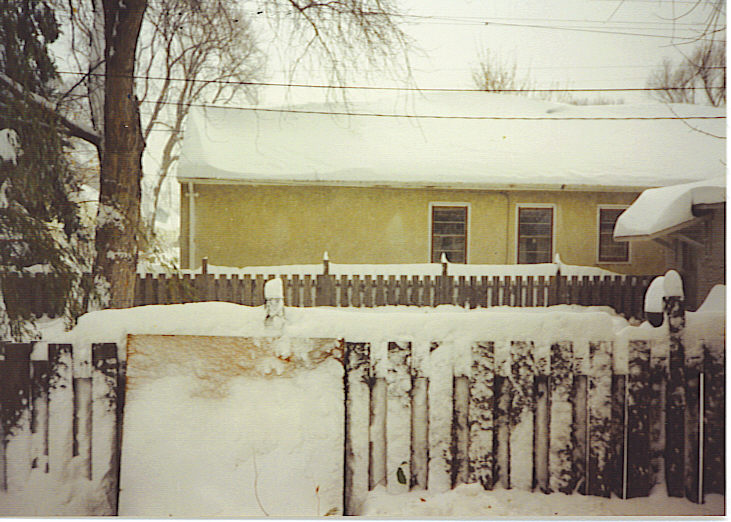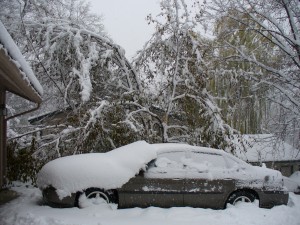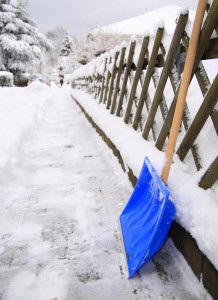News from spring 2012 has created new records of warm weather across the midwest, and in parts of Minnesota, three days in a row created three separate warm weather records for Minneapolis and St. Paul. Normal high temperatures for March 16-18 are around the freezing temperatures, and not the records of 81,80 and 79. For today, March 19th 2012, the warmth continues, with temperatures forecast-ed for the middle 70s.
Spring 2012 will Rush the Summer Heat
Forecasts for the spring 2012 season are forecasting a rush of earlier than usual summer heat for the midwest, and edge of the rocky mountains, and east coast as well. The lower sections of the Southwest and the Florida pan handle are experiencing normal temperatures, with the usual precipitation schemes. Alaska is experiencing a longer winter season, due to the changes in the polar wind. The spring 2012 season for Alaska in Fairbanks and Anchorage, is expected to break all snow fall records in the next few days. The people in Alaska are used to cold temperatures and high snowfall amounts, but are complaining due to the large snow they have received. It has been a brutal season for these hardy folks.
Spring 2012 will be Wet Closer to Summer 2012
With the addition of warmer temperatures, the dew point is higher in the plains and the midwest parts of America, with spring 2012 showing signs of higher precipitation periods towards the technical summer 2012 start. The expectation is showing signs of a dry spring 2012, with the end becoming very wet and stormy. High winds are expected during the times of waning moon phases, and will create a warmer than usual trend during this period of time. When the moon is waxing to its fullest point, expect more precipitation and cooler temperatures.
Pests and Pollen in Spring 2012
With the earlier warm weather in Minneapolis and St. Paul, many residents are indicating symptoms of colds and runny noses. This is in fact early allergies starting to show themselves, as trees and bushes are releasing large amounts of pollen into the air in spring 2012. With this increase of temperatures, expect longer growing cycles for all plants and crops during this season, as a full freeze in parts of southern Minnesota will be doubtful. A review of temperatures for the end of March shows no sign of averages to be below 40 degrees.
Rodents and other pests and bugs are showing up earlier, and the resident winter hibernators like possums and chipmunks are showing up earlier than ever expected before spring 2012. The spring is highly developed in the Midwest, all the way up to Canada, with snow melting at a fast rate, with little to melt. The area should show no flood participation with this heat wave.
Faster Warmth Will Create Storms in Spring 2012
All residents of the midwest and upper plains should be aware of the weather during the dinner hours, and be ready for strong storms to develop with the humidity levels and winds creating fast moving storms. The forecast ahead, shows strong trends in April to continue this dinner hour storm path, from Oklahoma, to Tennessee, and northern plains. Keep your weather radios on for the weird spring 2012 storms, as they will be unpredictable.
